Circular Kitchen: Turning Food Scraps into Soil and Savings
/Imagine tossing your morning coffee grounds into a chic countertop composter instead of the trash—and watching them come back as fresh basil on your windowsill. Sounds magical? It’s just smart design. Welcome to the circular kitchen: a practical, sustainable approach to food waste that helps your home thrive, your wallet smile, and the planet breathe a little easier.
In a time when the average American tosses out nearly 40% of the food they buy, embracing food circularity isn't just trendy—it's urgent. According to the U.S. Environmental Protection Agency (EPA), food is the single largest category of material placed in municipal landfills, and it generates methane, a potent greenhouse gas. Composting, on the other hand, can significantly reduce this impact while enriching the soil, supporting biodiversity, and even cutting your household costs.
Why Circular Kitchen Thinking Matters
Each year, the average American family throws away nearly 250 pounds of food per person, amounting to over $1,500 in wasted groceries. Globally, food waste contributes to 8–10% of greenhouse gas emissions—making it a major driver of climate change. It’s like buying groceries for a party, then tossing them into a landfill-themed rave.
But here’s the good news: households are ground zero for change.
As someone with a background in food systems innovation and sustainable packaging, I’ve worked on everything from biodegradable freshness stickers to optimized canning processes. But no matter how futuristic the tech may be, the most immediate impact often begins in our own kitchens. When we rethink our relationship with scraps, we build healthier homes and ecosystems.
Step 1: Start With Your Scraps
Think beyond banana peels. Many of us toss nutrient-rich waste like:
Eggshells – Great calcium source for compost and garden soil
Fruit and vegetable peels – Compost gold!
Stale bread or rice – Dry out and compost or turn into homemade croutons/bird feed
Fun fact: In South Korea, food waste is so tightly regulated that residents pay by weight. One woman reportedly dried her food scraps in the sun to reduce her "garbage bill."
Rather than seeing scraps as waste, think of them as ingredients for a healthier soil—and a healthier planet.
Step 2: Choose a Composting Method That Fits Your Lifestyle
Not everyone has a backyard or the time to manage a worm bin (though if you do, your worms will become the most productive team members you never hired). The good news is there’s a composting option for every type of household.
A. Countertop Composters (Electric or Manual)
These compact units are perfect for apartments or small homes. They reduce odor and can turn scraps into usable material in under 48 hours. Some newer models even dehydrate and grind the waste into a soil-like amendment.
B. Bokashi Bins
A Japanese method using beneficial microbes to ferment kitchen waste. Great for people who want quick results and less mess. It also accepts meat and dairy—things traditional compost bins can’t handle. Bokashi composting is also odor-free when done right, making it ideal for indoor use.
C. Traditional Backyard Composting
Requires a bit more space and time but offers the most control. With a balance of greens (nitrogen) and browns (carbon), you can produce rich compost in as little as two months. Use a compost tumbler for faster aeration, or a DIY wooden bin setup if you’re working with a larger volume of scraps.
D. Vermicomposting (Worm Bins)
A great indoor method where red wigglers turn your food waste into worm castings, a nutrient-dense soil amendment. Bonus: Kids love watching the process, and it’s a great educational tool for teaching sustainability.
E. Community or Curbside Compost Programs
Many cities now offer compost collection services. If available, this is a simple and effective way to divert your scraps from the landfill. Some communities even offer drop-off points at farmer’s markets or public gardens.
Step 3: Use the Output
What do you do with all that rich compost? Your houseplants, balcony herbs, or backyard veggies will thank you. Even if you don't garden, you can donate compost to local urban farms, school gardens, or community plots.
Compost improves soil structure, retains moisture, and suppresses plant diseases—making your plants not just grow, but thrive. According to the University of California Agriculture & Natural Resources, compost also enhances beneficial microbial activity in the soil, which contributes to stronger root systems and healthier crops.
Stat: Composting food waste can reduce your household trash by up to 30%, according to the NRDC (Natural Resources Defense Council).
In regenerative farming and gardening, compost is often referred to as "black gold" because of its unmatched contribution to plant vitality and ecosystem resilience.
Bonus Hacks for a Low-Tox Circular Kitchen
As someone who researches and designs sustainable packaging, here are a few extras to go full-circle:
Use compostable stickers on food or reuse jars with plant-based labels
Ditch plastic wrap for beeswax cloth or silicone lids
Line your compost bin with newspaper or brown paper bags (they compost too!)
Store scraps in the freezer to prevent odors, especially in summer
Make a “stock bag” in the freezer for onion skins, garlic peels, and veggie ends to use for broth before composting
Set up a mini herb garden with your finished compost to literally taste the benefits
Policy Implications and Global Context
Food waste isn’t just a household issue—it’s a global one. According to the UN Environment Programme, one-third of all food produced globally is wasted. In the U.S., the Food Recovery Hierarchy prioritizes source reduction and composting over landfill disposal. Incentives and subsidies for local composting programs, infrastructure grants, and educational outreach can help scale solutions.
Some European countries, like France and Italy, now legally require supermarkets to donate unsold food to charities. In contrast, many U.S. municipalities are just beginning to build green waste infrastructure.
Supporting local compost programs and staying informed on zero-waste policies can amplify the impact of your kitchen practices and help shift broader systems.
Final Thoughts: Composting as a Gateway to Regenerative Living
Circular kitchen living doesn’t require perfection—just progress. One coffee filter, one orange peel at a time, we can all participate in a food system that gives more than it takes.
It’s not just about saving money or reducing garbage—it’s about creating a regenerative loop where food nourishes not only our bodies but our environment. Composting can also inspire broader lifestyle changes—from how we shop to how we cook.
By reconnecting with the rhythms of nature and understanding the lifecycle of food, we begin to live more consciously, waste less, and give back more.
So next time you chop carrots, think of the peels not as trash, but as tomorrow's tomato fertilizer.
And if your neighbor starts calling you the "compost queen" or "worm whisperer," just smile. The planet already is.
About the Author
Elizabeth Keshchian is a Business Development Analyst, food sustainability advocate, and inventor in biodegradable packaging. Her work has appeared in US Business News, New York Weekly, Sciences of Europe, and more. Find her on LinkedIn: linkedin.com/in/elizabeth-keshchian-a0a77a1b7.
You may also be interested in…












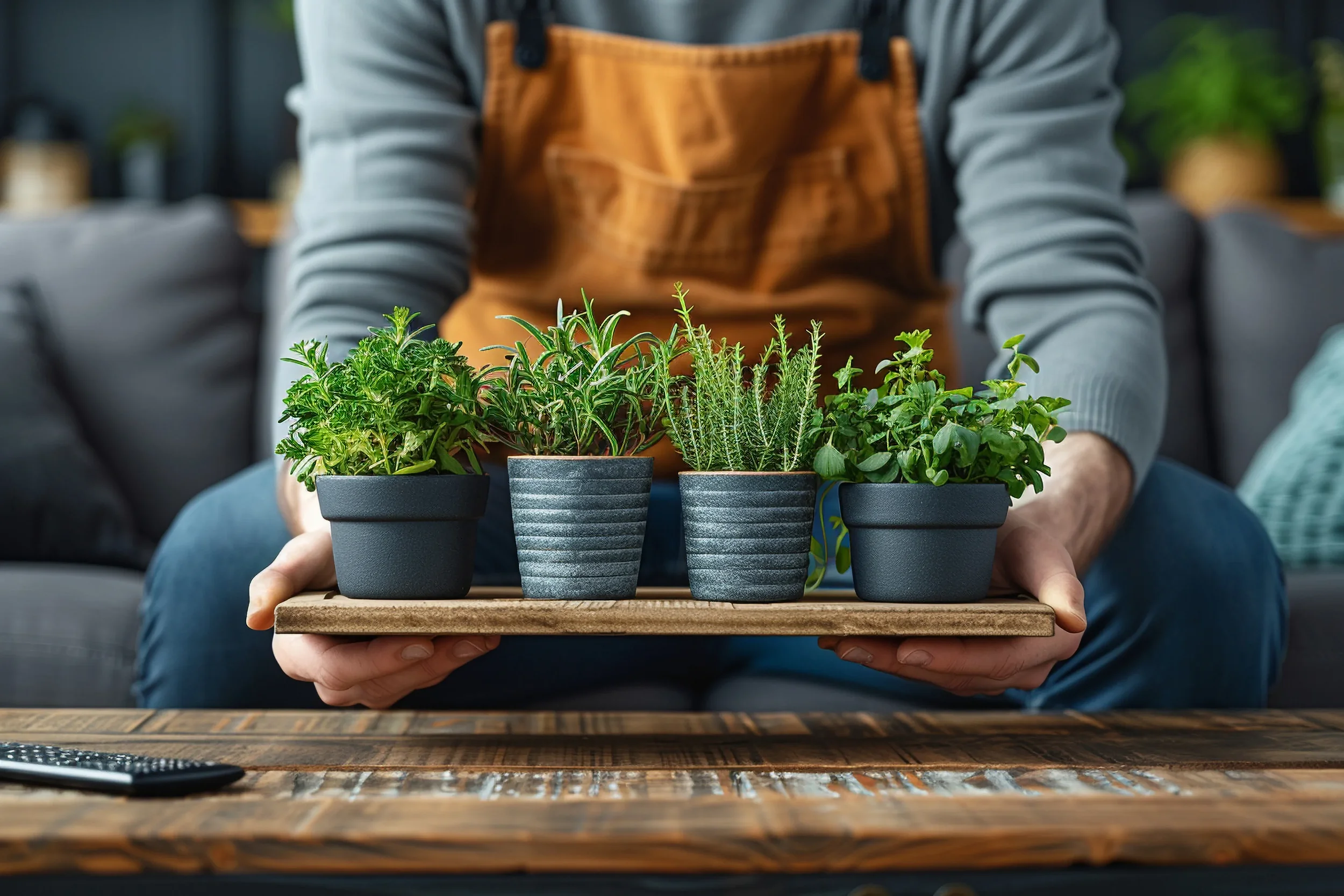







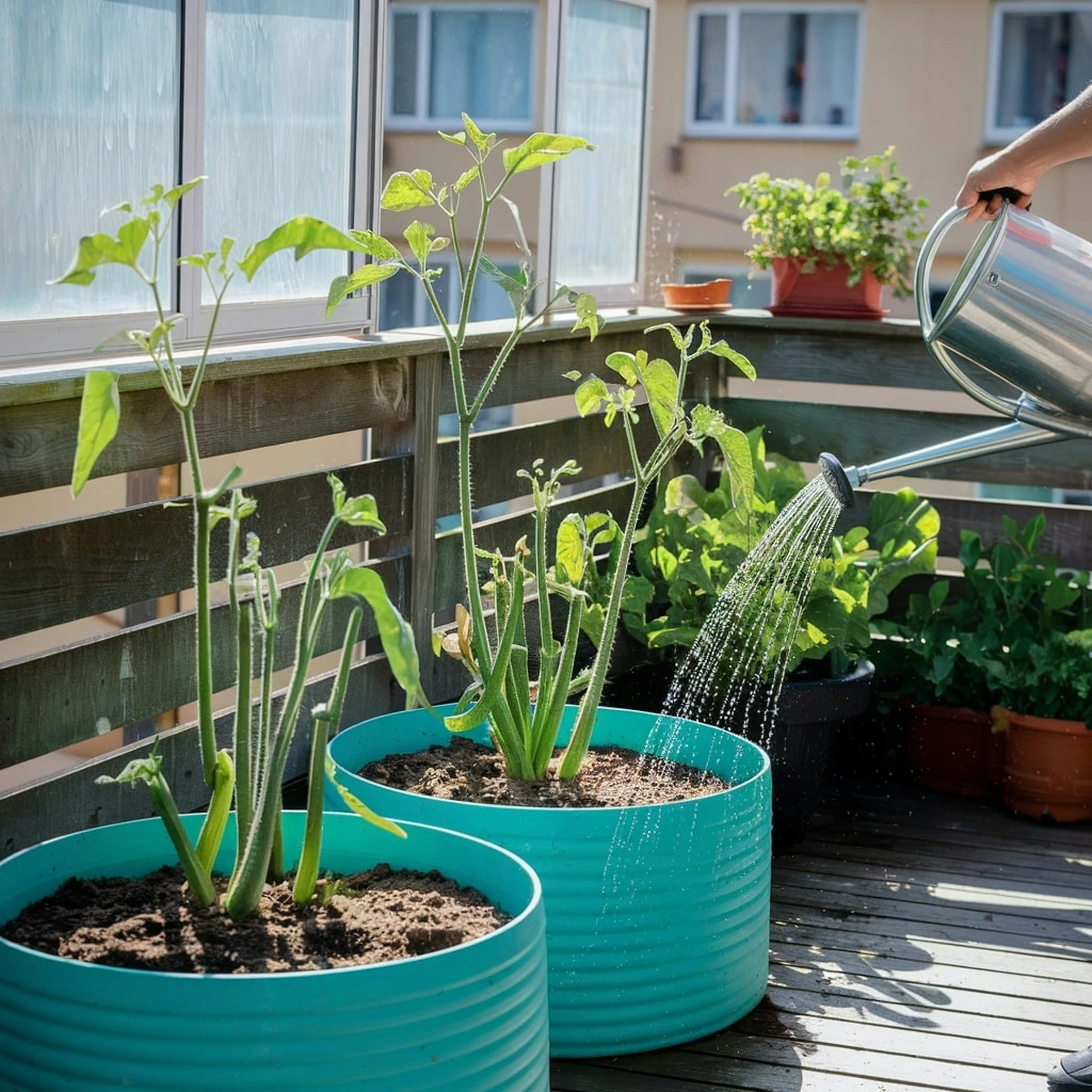
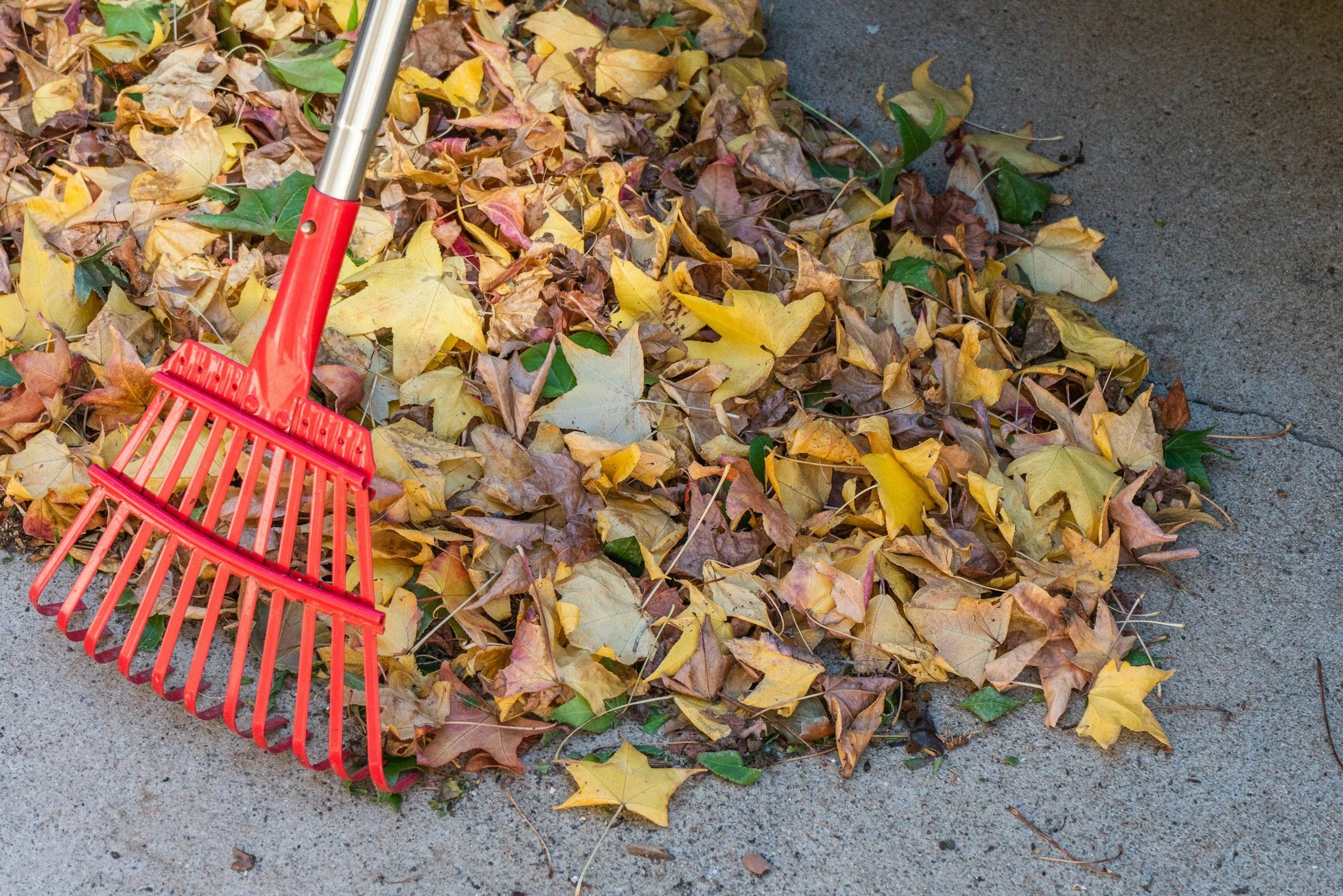






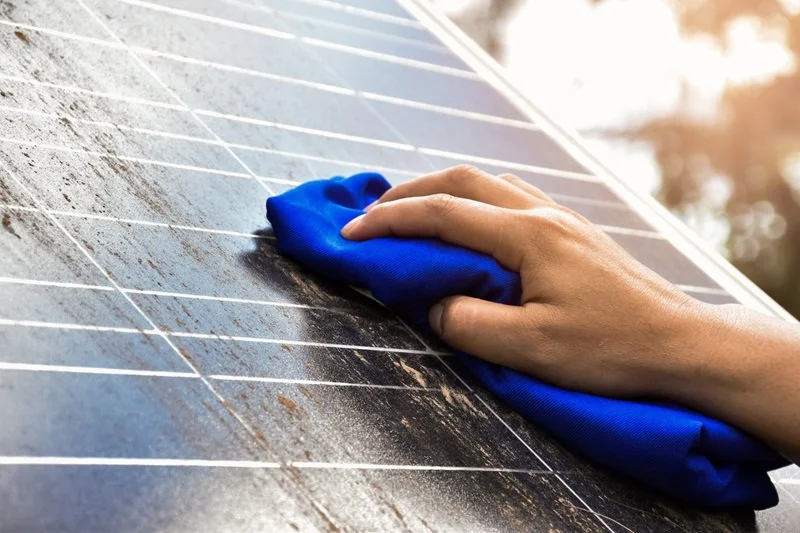

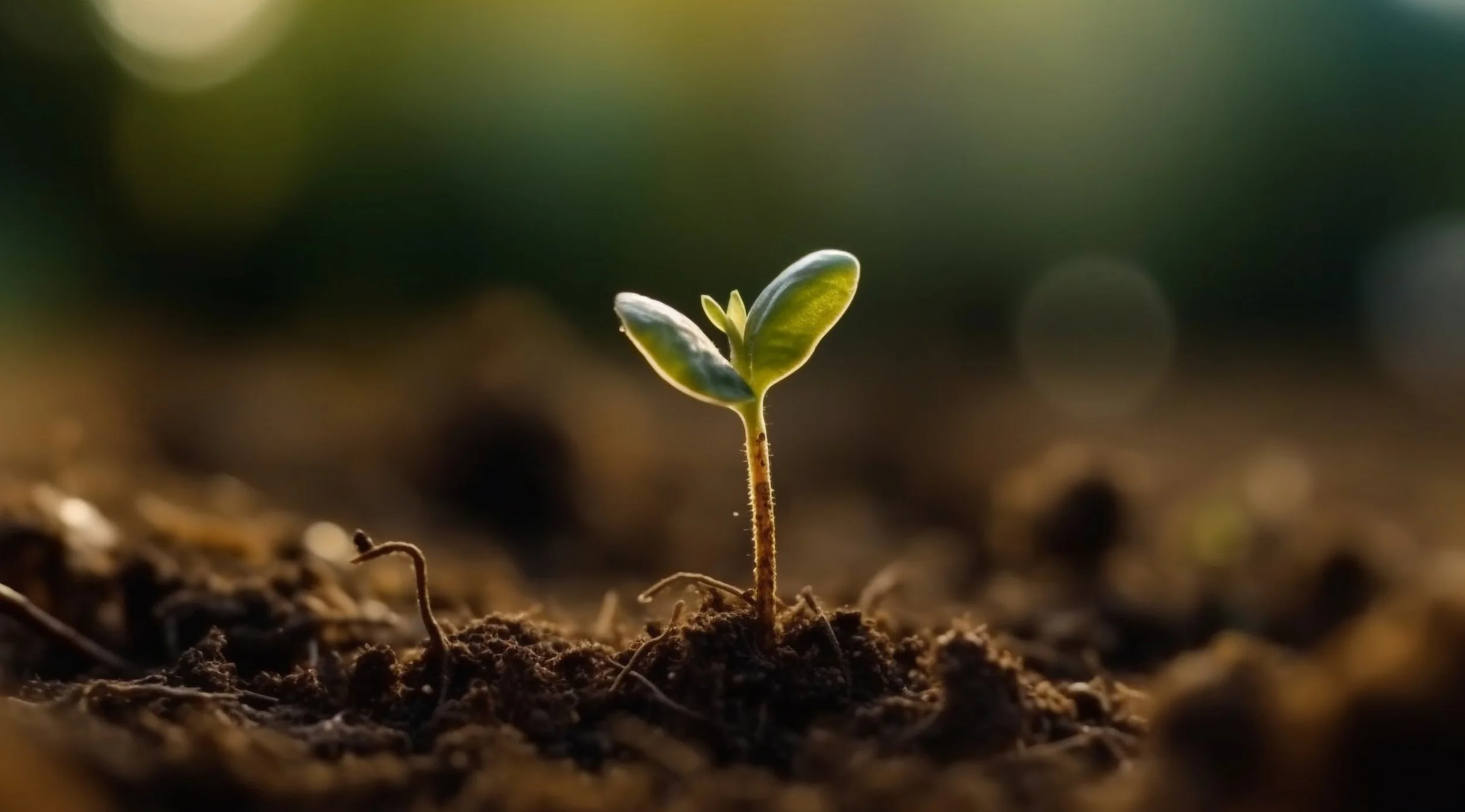











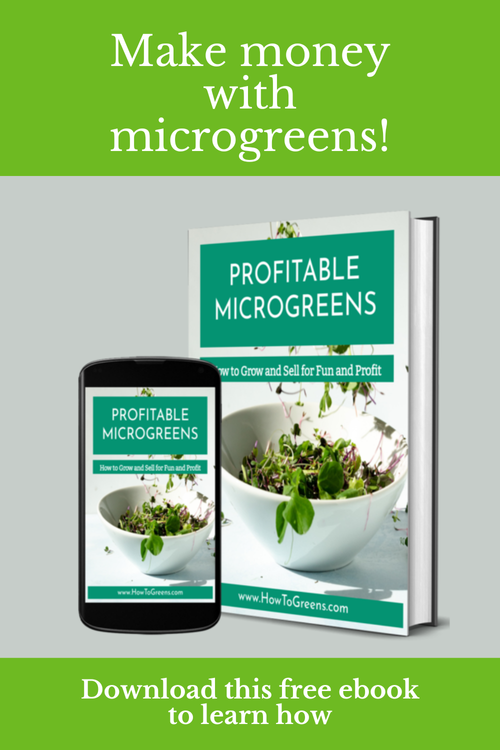
Imagine tossing your morning coffee grounds into a chic countertop composter instead of the trash—and watching them come back as fresh basil on your windowsill. Sounds magical? It’s just smart design. Welcome to the circular kitchen: a practical, sustainable approach to food waste that helps your home thrive, your wallet smile, and the planet breathe a little easier.